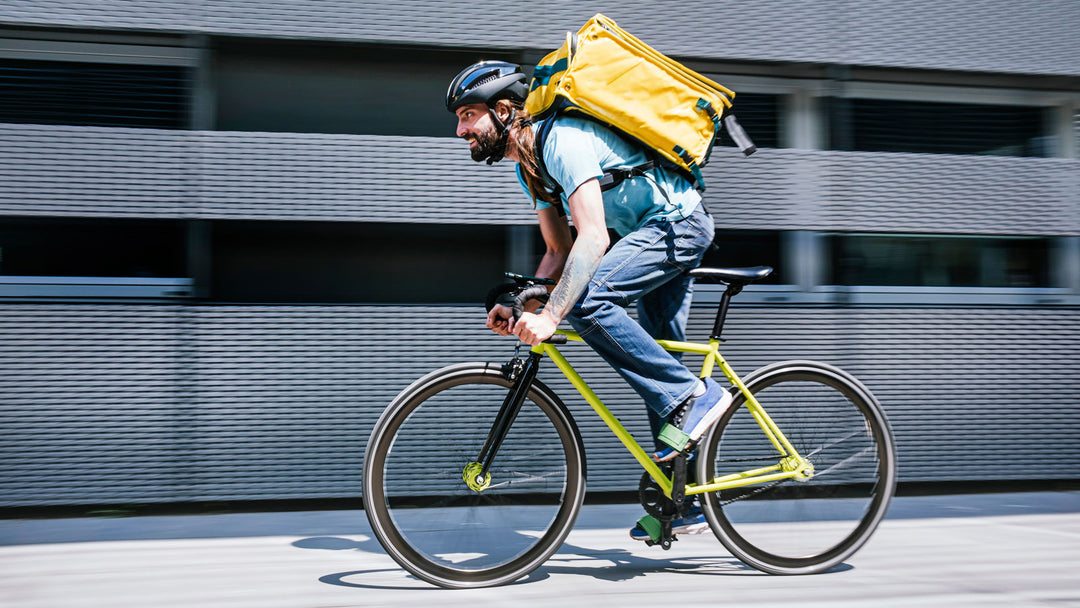Aero Gains Explained: Do Aero Bikes & Gear Really Make You Faster?
Aero Gains Explained: Do Aero Bikes & Gear Really Make You Faster?
Introduction
In the world of cycling, speed is a paramount goal for many enthusiasts and professional racers. Aero bikes and gear have been touted as essential for those looking to shave off seconds from their ride time. But how effective are these aerodynamic enhancements, and do they genuinely translate into real-world speed improvements? This post delves into the science and practical benefits of aero cycling equipment.
Understanding Aerodynamics in Cycling
Aerodynamics is the study of how gases interact with moving objects. When it comes to cycling, air resistance is a critical factor that affects speed. Aero bikes and gear are designed to minimize this resistance, allowing for faster speeds at lower energy outputs.
Key Principles of Aerodynamics
- Drag Reduction: Aero equipment is tailored to reduce drag, which is the resistance you feel when moving through the air.
- Turbulent vs. Laminar Flow: Smooth (laminar) airflow reduces drag more effectively than turbulent airflow.
The Role of Aero Equipment
- Aero Bikes: These bikes feature streamlined frames, reduced spoke counts, and integrated components that promote laminar flow.
- Aero Helmets: Helmets with fewer vents and a teardrop shape can significantly cut down air resistance.
- Aero Wheels: Deeper rim profiles help in reducing drag by improving the bike’s aerodynamic efficiency.
Real-World Benefits of Aero Gear
While the theory sounds promising, the practical benefits depend on several factors such as the cyclist's speed, the riding conditions, and course type.
Speed Improvements
Studies show that aero bikes can save anywhere from 20 to 60 seconds over a 40km time trial at racing speeds. This improvement is more pronounced at higher speeds.
Energy Efficiency
By reducing drag, cyclists can maintain higher speeds for the same output of power. This efficiency can be crucial in long races where energy conservation is key.
Situational Advantages
- Time Trials and Triathlons: Aero gear offers the most significant advantages in these scenarios.
- Road Races: The benefits can vary depending on the course profile and wind conditions.
Cost vs. Benefit Analysis
Aero bikes and gear are often more expensive than their traditional counterparts. Cyclists need to consider if the speed gains justify the extra cost, especially for amateur riders.
Investment Consideration
- Professional Racers: For those competing at high levels, even small improvements can be worth the investment.
- Recreational Cyclists: It might be more cost-effective to invest in other areas like training or lighter components.
Conclusion
Aero bikes and gear can indeed make you faster, but the extent depends on various factors including your cycling discipline, speed, and how much you’re willing to invest. For those serious about cutting down times, the investment in aero technology can be a game-changer.
Call-to-Action
Are you ready to elevate your cycling performance? Explore our range of aero bikes and gear to find the perfect match for your racing needs. Dive deeper into our featured articles to learn more about maximizing your cycling efficiency. Upgrade your ride today!
---
Meta Title: Aero Cycling Gear: Does It Boost Speed? | Cycling Tips
Meta Description: Discover how aero bikes and gear can enhance your cycling speed, offering practical benefits and a detailed cost-benefit analysis for racers and enthusiasts alike.






